
Centres of Excellence (CoEs) form the basis of many nuanced discussions within Procurement that involve progressive vision versus practical reality. For instance, how does a CoE facilitate real strategic change across the organisation, without getting bogged down with tactical activities?
Read on to discover insights from our recent webinar with expert panellists Juan Carlos Hernandez Castilla from Vertex Pharmaceuticals, Omer Abdullah from The Smart Cube, and Graham Crawshaw from CASME (representing the views of a global membership of corporate Procurement). The panel was joined by a virtual audience of 142 procurement professionals who participated in live benchmarking polls; the results of which are illustrated here.
The CoE’s primary role
Firstly, not one size fits all. The role of the Procurement CoE depends on the maturity and structure of the organisation.
Live poll: What do you see as the CoE's primary role?

Essentially, a Procurement CoE’s role is to provide the necessary strategic support, tools and guidance for category managers to do their jobs more effectively. The function and activities should never remain static, but instead adapt to what will bring maximum efficiencies across the organisation at that time. This could be centralised support, education and training, or consistency with SRM activities.
Strategic support for category managers
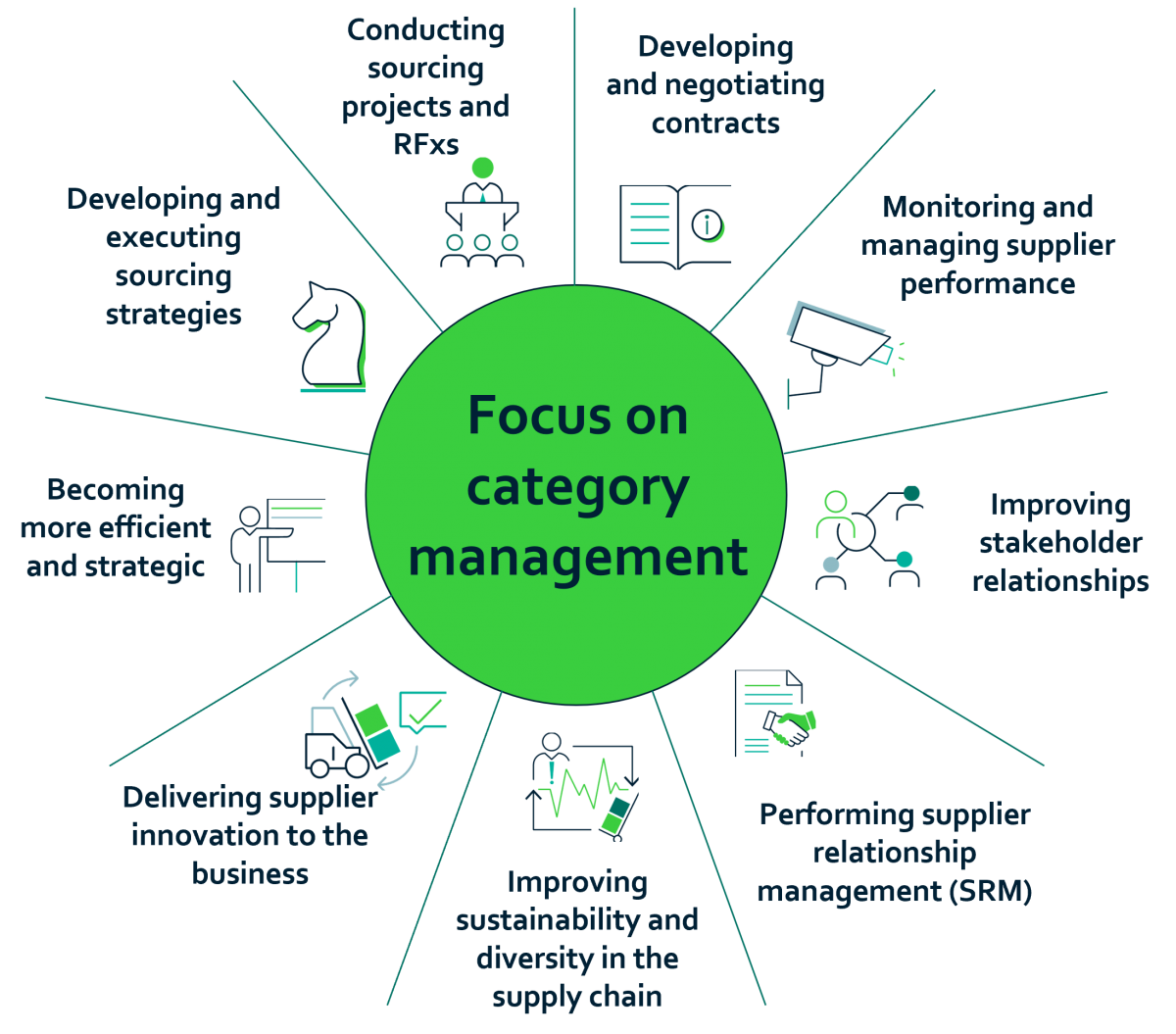
Future responsibilities
Originally, many CoEs conducted administrative tasks, gathering data and providing it to category managers. Now the function is more progressive, with a strategic perspective that enables evolution and transformation to find solutions. In a survey of CASME members, the future of CoEs is likely to be even more strategic. The key for any CoE is to understand how people embrace change.
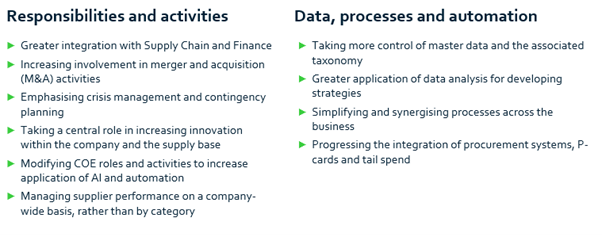
Implementing a successful CoE
From a practitioner-perspective, the first task is to assess the maturity of the organisation by partnering with key stakeholders and comparing with industry benchmarks. It’s essential to showcase the CoE’s portfolio of services and what that means in detail.
The next step is to define the CoE’s priorities in the short and long term, aiming for a sustainable plan for both, without allowing ideals to overtake the practicality of what can actually be achieved. Begin with a value proposal that is based on the strategy and structure for the organisation as it is today; make it dynamic and actionable.
Communicate this value proposition to everyone, in order to gain sponsorship and buy-in. Identify quick wins that will showcase the value while building the strategy further.
Live poll: What are the prime success factors to implementing a successful CoE?
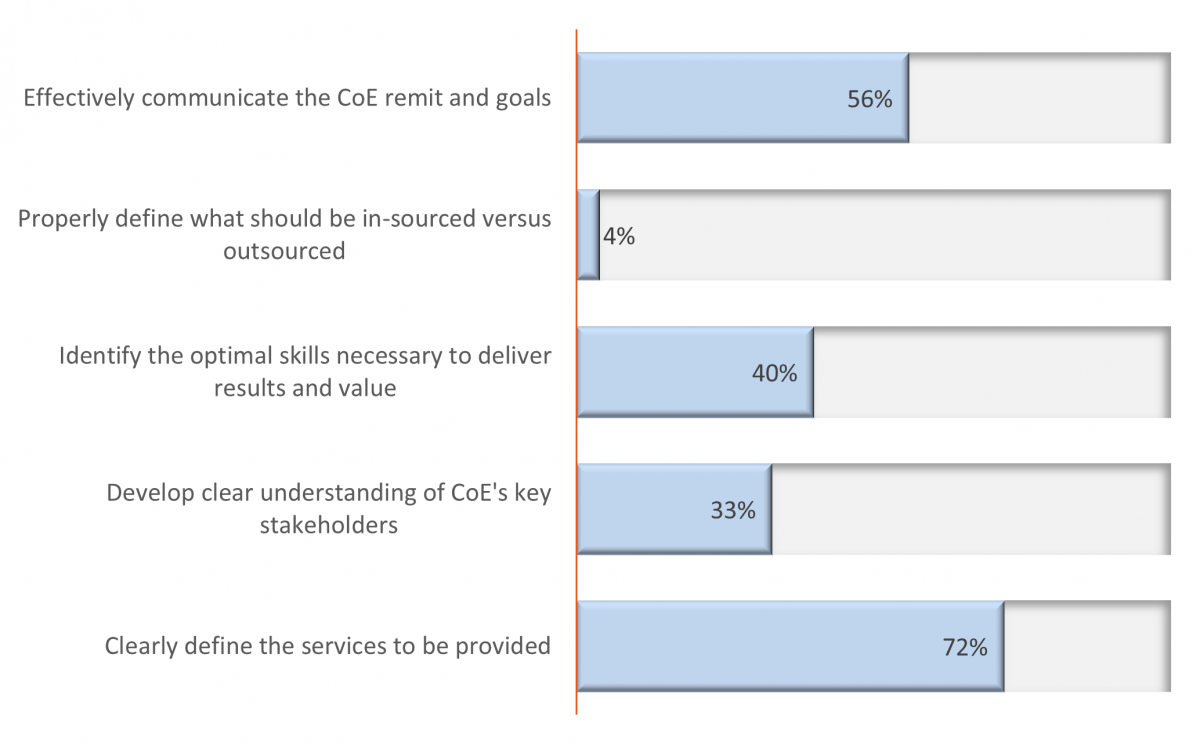
Resourcing the CoE
It’s unfair to assume that category managers will be the perfect fit for a CoE; they may not necessarily have the right skills to successfully operate a CoE function, given that it’s quite different from managing a category. Finding people who have a suitable balance of analytical, communication, and problem-solving skills is the holy grail.
A practical approach is to create a sourcing skill set using industry benchmarks; identifying the critical areas and teachable ones. This skill set can be used, together with the value proposal and a clear outline of roles and responsibilities, to highlight the need to recruit either new talent for the CoE, or to change to Plan B, which involves borrowing or leveraging existing resources.
Creating a team of the right size, with the appropriate mix and calibre of talent is essential. Often soft skills are the most important for the CoE employees, as those with good communication skills are the most likely to be effective at getting things done, and managing change with enthusiasm and problem solving.
Measuring the impact of the CoE
One of the challenges facing CoEs is the distracting problem of serving the stakeholder(s) who shouts the loudest, rather than providing a consistent service for the greater good. Instead of using metrics such as cost savings to measure a CoE’s impact, which incidentally can influence bad behaviours and conflict with the category managers’ objectives, it’s much better to highlight the benefits against the value proposal by demonstrating how the CoE strategy has been enabled. Cost savings are a consequence of the actions taken to deliver the CoE’s objectives, and obscure the purity of the benefits.
Live poll: How do you measure the impact?
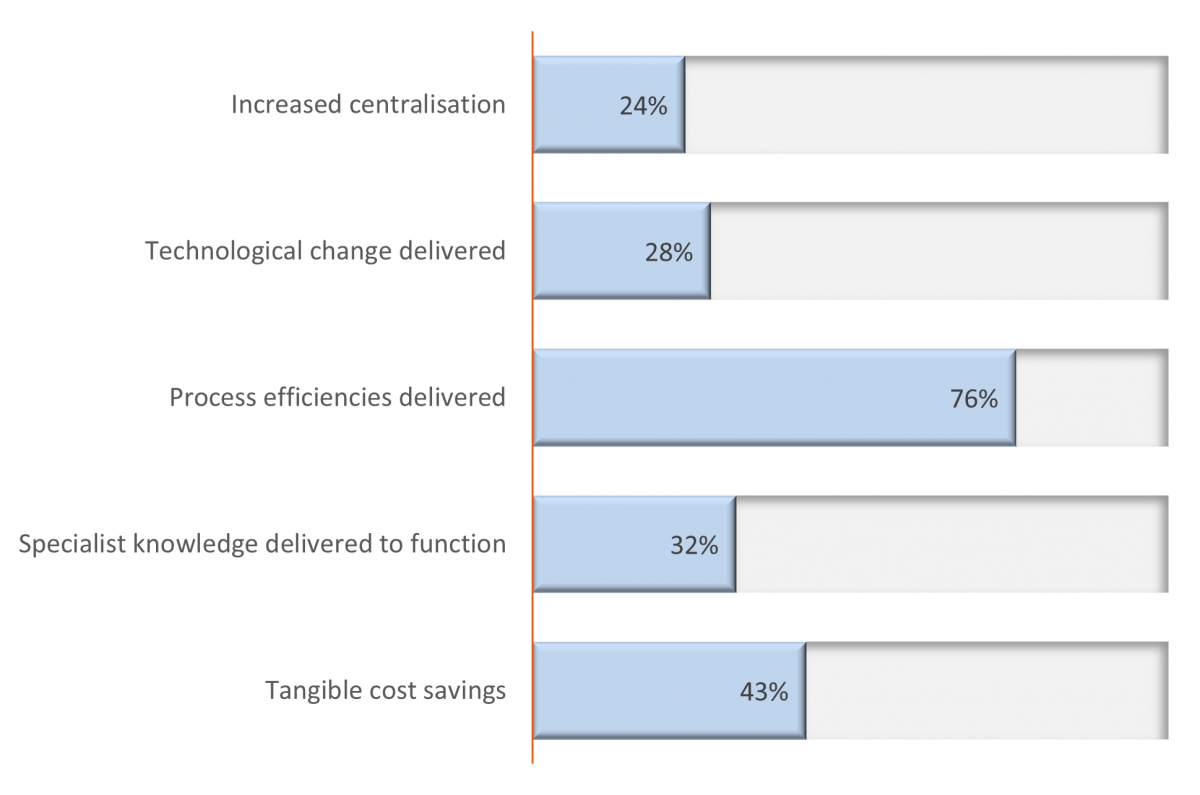
8-point checklist
The following list provides a summary of critical success factors for consideration. Beyond this, it is important not to underestimate people development and the need for a training framework to compliment a CoE’s transformation.
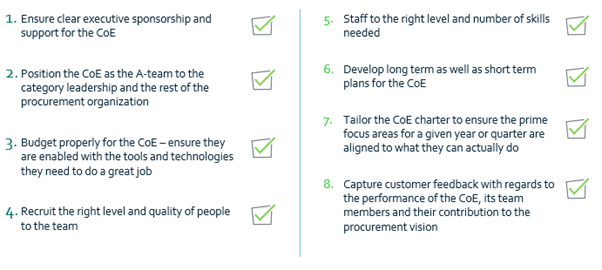
For the recording and slides from The Smart Cube and CASME webinar on 11 November, please get in touch.
Back to News



